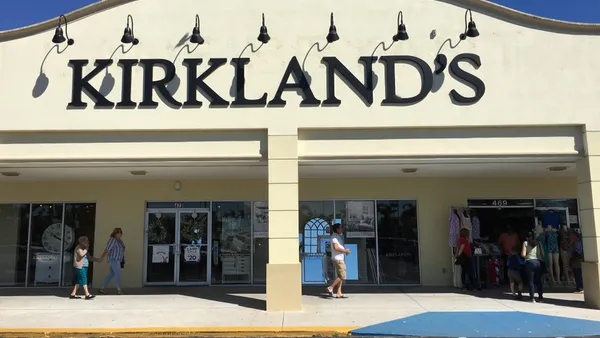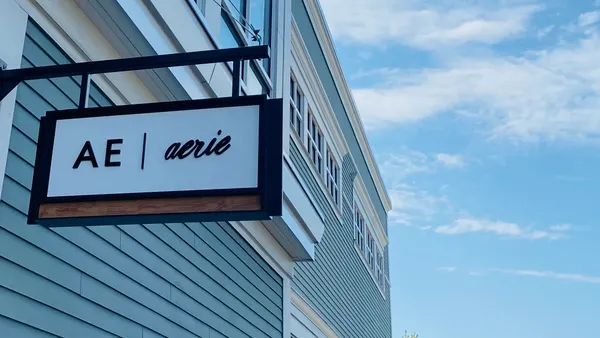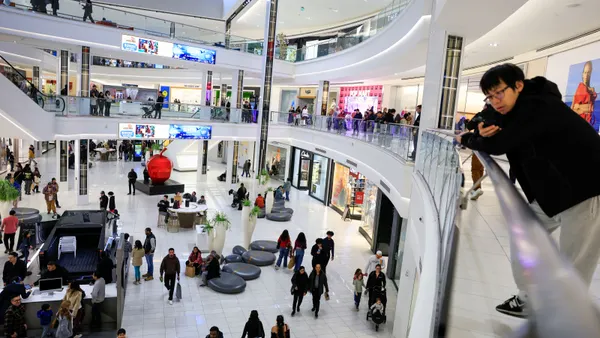Dive Brief:
-
Coach plans to pull out of 25% of department stores that feature its goods, corresponding to about 250 stores in all, CEO Victor Luís said on a conference call with analysts on Tuesday.
-
Luis first indicated the possibility of such a move in April as part of Coach's concerted effort to cut down on promotions and sell at higher price points.
-
The luxury retailer also reported this week a fiscal fourth quarter net sales increase of 15% year over year to $1.15 billion, and a fiscal 2016 full year sales increase of 7%.
Dive Insight:
Heavy promotional environments and off-price competition are hurting department store margins—and especially their relationship with luxury brands, which have been department store mainstays for decades. Coach, whose pivot away from discounting has been integral to its turnaround, is pulling the plug.
Retail futurist Doug Stephens, among others, had singled out Coach—a brand that had developed a penchant for outlet sales and heavy discounts—as a victim of self-inflicted wounds that damaged its sense of exclusivity.
“Part of the thing about luxury is scarcity, and the unattainable nature of something that makes it seductive. So as soon as you open the funnel—doesn’t matter if you can afford it or not—it’s about seeing people at the food court with a bag that was once a rarity," Stephens told Retail Dive in November. "That Coach customer that paid $2,000 for a handbag, as soon as they see that $400 one, isn’t pleased."
That kind of brand bloodletting can be fatal, but under CEO Luis, Coach seems to be reversing the damage by reducing the frequency and depth of its discounts. That strategy extends to sales in department stores, which have become increasingly dependent on price promotions to increase traffic.
Coach’s department store approach isn’t just about exiting; the brand in the fourth quarter also renovated more than 35 shop-in-shop locations to its new “modern luxury” approach, which Luis told analysts has had a “significant impact versus balance of doors.” He also said the more upscale approach will eventually dominate its department store presence.
“While we understand that consumers may use department stores for trial and shopping across brands, the high level of promotional impressions created negatively impact our long-term brand health, while generating confusion across channels,” Luis said. Looking foward, he sees the fiscal year ahead as the last chapter in the retailer's "heavy-lifting phase."
"We will focus on renovating the balance of our targeted store base," Luis said. "By year-end, modern luxury doors will, in aggregate, represent the vast majority of our traffic.”














